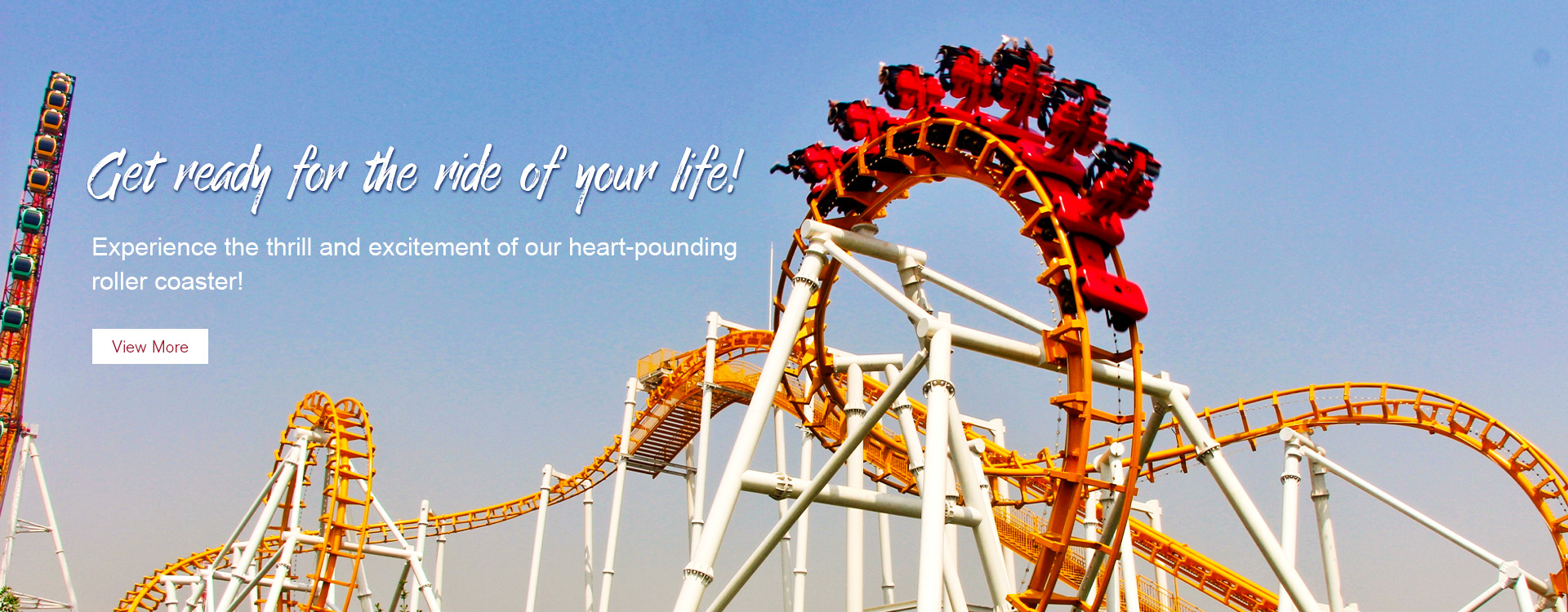- Albanian
- Arabic
- Belarusian
- Bengali
- Czech
- English
- French
- German
- Hebrew
- Hungarian
- Indonesian
- irish
- Italian
- Japanese
- kazakh
- Persian
- Russian
- Thai
- Uzbek
- Vietnamese
roller coaster graph equations
Understanding Roller Coaster Graph Equations An Insight into the Thrill of Amusement Park Rides
Roller coasters have long been a beloved attraction at amusement parks, drawing thrill-seekers from all walks of life. The excitement of zooming through twists and turns, coupled with the unmistakable feeling of weightlessness, creates an exhilarating experience that is hard to forget. However, behind the scenes of every heart-pounding ride lies a sophisticated interplay of physics and mathematics, particularly in the form of roller coaster graph equations. This article delves into the fundamentals of these equations, exploring their significance in roller coaster design and the physics that underpins our favorite amusement park rides.
At the core of roller coaster design is the need to ensure safety, comfort, and thrill. To achieve these objectives, engineers and designers use mathematical equations to model the curves, elevations, and velocities of the ride. These mathematical models are represented graphically, allowing for a comprehensive understanding of how the roller coaster will behave throughout its course.
The foundational elements of roller coaster graph equations derive from physics principles, particularly those related to motion, gravity, and energy. Most roller coasters operate on the principles of potential and kinetic energy. At the highest points of the ride, such as the initial drop, the coaster gains potential energy. As it plummets down these heights, this potential energy converts into kinetic energy, propelling the train forward at exhilarating speeds.
One of the primary equations used to describe the motion of roller coasters is the equation for gravitational potential energy, expressed as
\[ PE = mgh \]
Where - \( PE \) is the potential energy, - \( m \) is the mass of the roller coaster car, - \( g \) is the acceleration due to gravity (approximately 9
.81 m/s²), - \( h \) is the height of the car above a reference point.As the coaster descends, engineers must carefully calculate the height and the slope of the track to optimize the speed of the ride while maintaining safety. These design decisions are often modeled using parabolic curves, which can be described mathematically with quadratic equations. A common form is
roller coaster graph equations

\[ y = ax^2 + bx + c \]
In this equation, \( y \) represents the height of the track at any point, while \( x \) represents the horizontal distance. The coefficients \( a \), \( b \), and \( c \) determine the shape of the parabola. Adjusting these values allows for the creation of gentle slopes or steep drops as required by the coaster's design.
Another crucial aspect of roller coaster dynamics is the calculation of centripetal acceleration, which ensures that the ride remains thrilling without compromising rider safety. The centripetal acceleration \( a_c \) can be expressed as
\[ a_c = \frac{v^2}{r} \]
Where - \( v \) is the velocity of the roller coaster, - \( r \) is the radius of the turn.
This equation indicates that as the speed of the coaster increases, the force required to keep the coaster on its circular path also increases. Designers must ensure that these forces remain within safe limits to prevent accidents and maintain rider comfort.
Additionally, the effect of friction and air resistance is taken into consideration during the design phase. Roller coasters are designed not just for thrills but also for smooth rides. Engineers use calculus to analyze the curves and ensure that the changes in velocity align with the G-forces experienced by the riders. Keeping these forces within a specific range helps prevent discomfort and ensures a repeatable, enjoyable experience.
In conclusion, roller coaster graph equations play a vital role in the engineering and design of amusement park rides. By applying principles of physics and mathematics, engineers can create thrilling experiences while ensuring safety and comfort. As technology continues to advance, future roller coasters will likely become more complex, incorporating innovative designs and equations that push the boundaries of what we can experience at theme parks. The art and science of roller coasters not only bring joy to millions but also highlight the fascinating intersection of physics and engineering.
-
Flume Ride-Hebei Zhipao Amusement Equipment Manufacturing Co., Ltd.|Thrilling Water Attraction&Customizable DesignJul.30,2025
-
Flume Ride - Hebei Zhipao Amusement Equipment | Water Coaster, Thrilling DescentJul.30,2025
-
Flume Ride - Hebei Zhipao | Thrilling Water AttractionJul.30,2025
-
Flume Ride: Thrilling Water Attraction by Hebei Zhipao|Log Flume Manufacturers&Flume Ride DesignJul.30,2025
-
Flume Ride-Hebei Zhipao Amusement Equipment Manufacturing Co., Ltd.|Thrilling Water Coaster, Safe DesignJul.30,2025
-
Flume Ride-Hebei Zhipao Amusement Equipment Manufacturing Co., Ltd.|Thrilling Water Attraction, Safe DesignJul.30,2025
